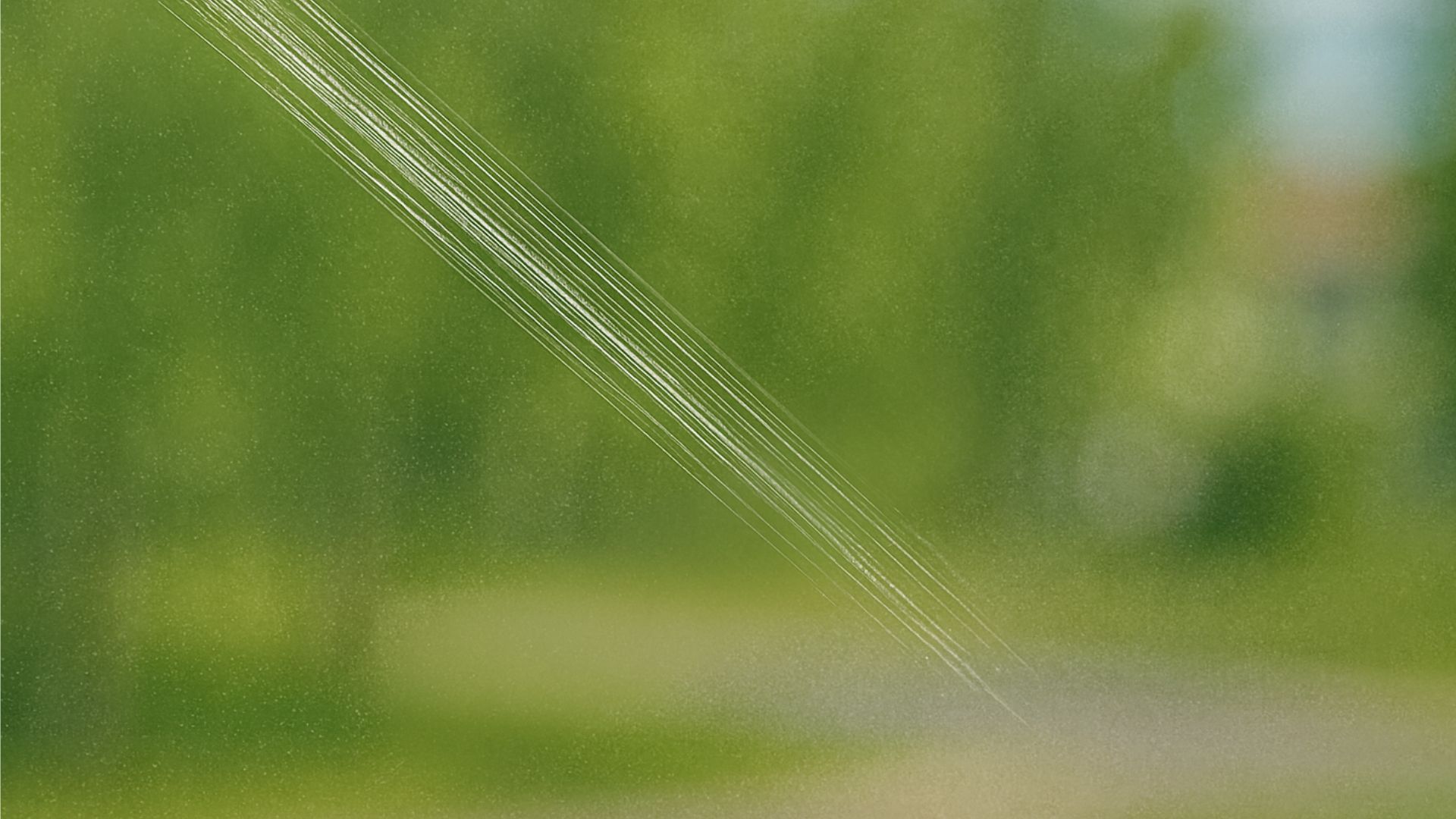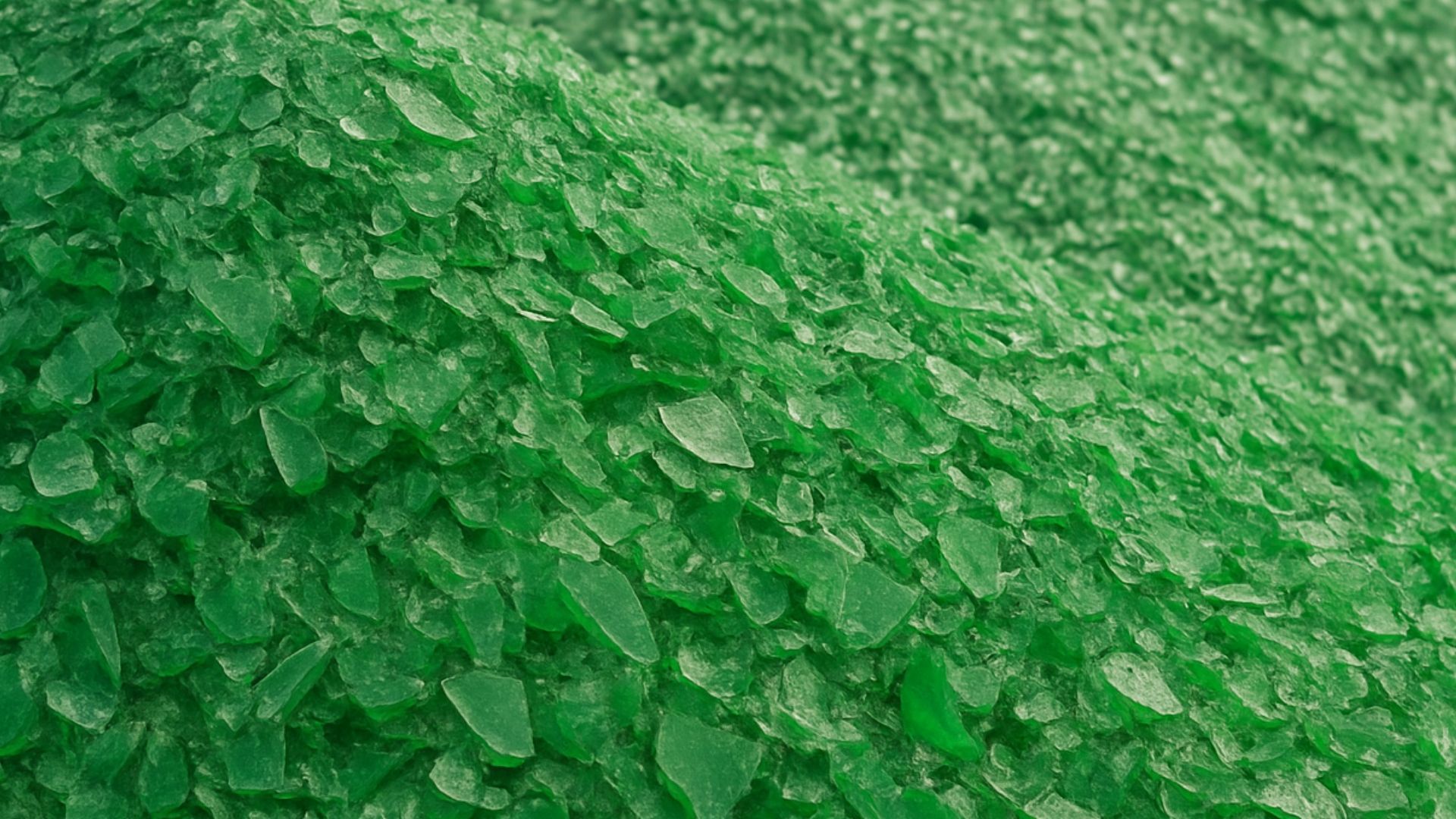How thick should aquarium glass be
Share this blog:
Whether you're buying or manufacturing an aquarium, you need to ensure the glass is the correct thickness. Learn how to get it right.

It doesn't matter whether you're making a one-off aquarium for your home or manufacturing them at scale. An aquarium needs to be safe, sturdy and beautiful.
To achieve this, you need good-quality glass that's the right thickness. It's not always obvious, however, what thickness that should be.
In this article, we break down the thickness of aquarium glass – and how we here at ToughGlaze can provide you with the materials you need.
What thickness should the glass be?
According to Omni Calculator, a smaller aquarium can have a thickness of 0.25 inches (6.35 mm) to 0.38 inches (9.652 mm).
And as a general rule, some manufacturers recommend a minimum thickness of 6 mm for tanks up to 500 mm high or 10 mm for tanks up to 610 mm high.
The precise thickness, however, will depend on several factors. These include the length, width and height of the aquarium as well as the type of glass used.
Whether or not you use braces (strengthening supports) can also change the required thickness of the glass. If you don't use braces, the glass has to do more work to contain the water pressure. Without braces, you may need to increase the thickness by as much as 100%.
For the technically minded, here's a useful
guide to calculating the thickness of aquarium glass.
You can also use a calculation tool like
this one at Omni Calculator. Bear in mind, however, that these types of tools might not account for different types of glass or other structural considerations. If in doubt, consult an expert.
Which glass is used for aquariums?
Most aquariums are made from annealed glass, also known as float glass. This is the material used for many windows.
Some aquariums use toughened glass (also known as tempered glass) for the base. This isn't suitable for the tank, however, as toughened glass shatters into lots of tiny pieces when broken.
Some people choose to use acrylic instead of glass. The key advantage is that the aquarium is lighter than a glass counterpart and more resistant to cracking. On the other hand, it's much more prone to scratches, discolourations and other physical blemishes.
More questions about aquarium glass
Can aquarium glass be recycled?
If your aquarium breaks or you want to get rid of it, you might wonder whether you can recycle the glass.
Unfortunately, there's no straightforward answer. It depends on the type of glass used and any processes applied to it. Your best bet is to get in touch with your council or nearest recycling centre.
Does aquarium glass shatter?
Glass aquariums can shatter if subjected to enough force. The higher the quality of glass, the less likely this is to happen. This is one reason you should always buy your materials from a reputable supplier.
About our aquarium glass
Here at ToughGlaze, we've been supplying aquarium makers with glass supplies since the early 90s. We can cut your aquarium glass to the dimensions you need.
We can also customise the glass in a variety of ways. Our glass can be
coloured or
printed with a design, to take just two examples. Whatever your requirements, we're here to help.
Like all of our glass products, our aquarium glass has the Kitemark stamp of approval and is manufactured according to BS EN standards. These are widely recognised markers of quality and safety for your peace of mind.
So, if you're looking for high-quality
aquarium glass, don't hesitate to
get in touch.
We'll fix you up with the right materials in no time.









